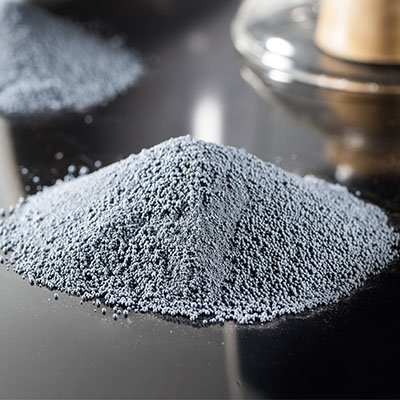Silica Fume
SILICA FUME
1. When making concrete mixtures, in order to obtain the fluidity required by the
construction, it is often necessary to add more water (more than the amount of water
required by cement hydration). This additional water will not only make the cement slurry
thinner and weaken the cementing force, but also excess water remaining in the concrete
will form blisters or water channels. As the concrete hardens and evaporates, pores are left,
thereby reducing the actual force area of the concrete, and when the concrete is stressed,
stress concentration is likely to occur around the pores.
2. In concrete, the internal bleeding is blocked by the aggregate particles and gathers under
the aggregate to form a porous interface. More Ca(OH)2 is formed in the filtration area of
the aggregate interface than other areas. The Ca(OH)2 crystal grows larger and has a strong
orientation parallel to the surface of the aggregate. The large Ca(OH)2 crystals parallel to
the surface of the aggregate are easier to crack and weaker than the calcium silicate hydrate
gel (C-S-H). The interface filter zone between cement slurry and aggregate becomes the
weakened strength zone inside the concrete due to its porosity and many large Ca(OH)2
crystals arranged in a directional arrangement.
Advantages of Using Silica Fume:
- High early compressive strength
- High tensile flexural strength and modulus of elasticity
- Very low permeability to chloride and water intrusion
- Enhanced durability
Increased toughness - Increased abrasion resistance on decks, floors, overlays and marine structures
- Superior resistance to chemical attack from chlorides, acids, nitrates and sulfates and lifecycle cost efficiencies
- Higher bond strength
- High electrical resistivity and low permeability

